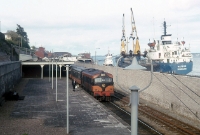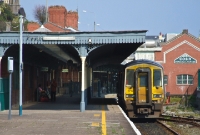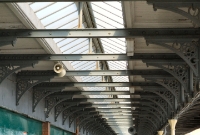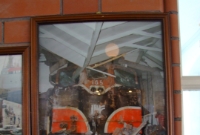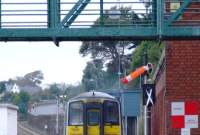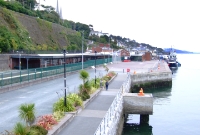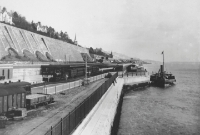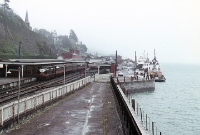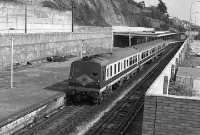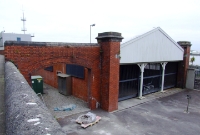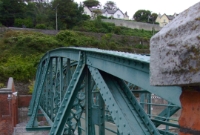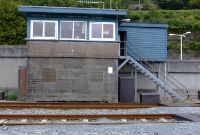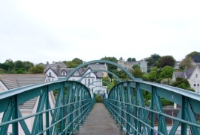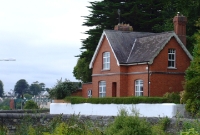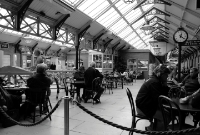Cobh
Cobh in Co.Cork, has always been a well known coastal town and harbour just south of Cork City, with many large transatlantic boats calling here, probably the most famous being that of 'Titanic' in 1912. The short line from Cork to Cobh was built by the Cork & Youghal railway in 1860, and proved to be a very important rail line, particularly for the transport of mail. Once the Great Southern & Western Railway had taken over the C&YR, they could run mail and boat trains from places such as Rosslare Harbour. The original station buildings at Cobh are GSWR origin, built in brick, just like their main terminus at Glanmire Rd in Cork City. Over the years, rationalisation has occurred and now Cobh only boasts just one platform. The line's mechanical signals were replaced in 2010 and the GSWR/Great Southern Railway built signal cabin at the west end of the station was made redundant.
